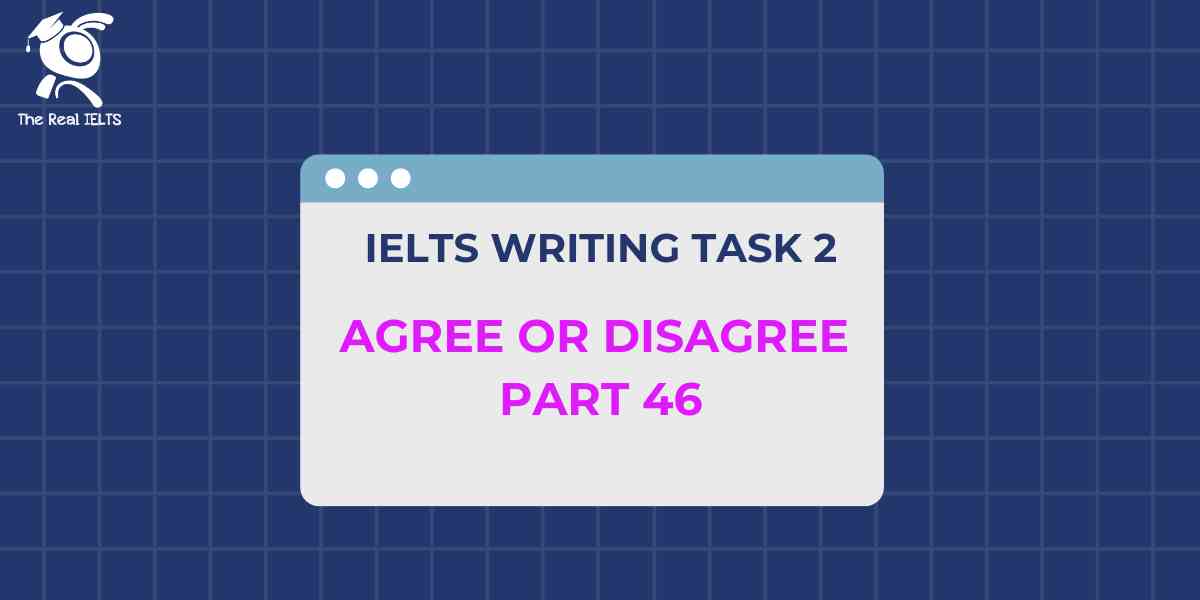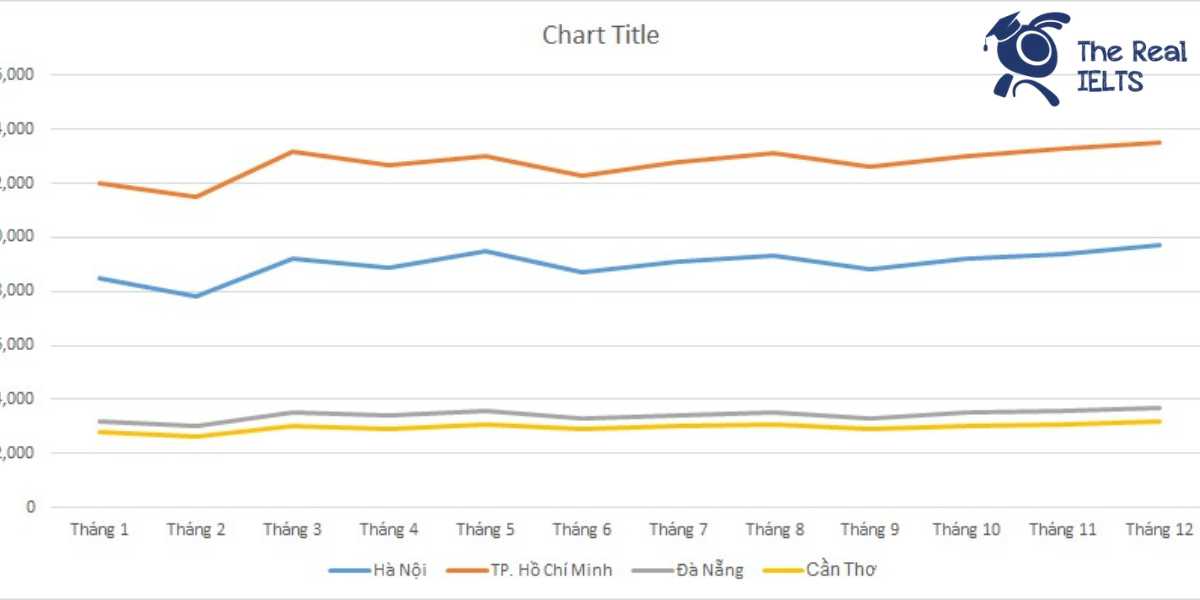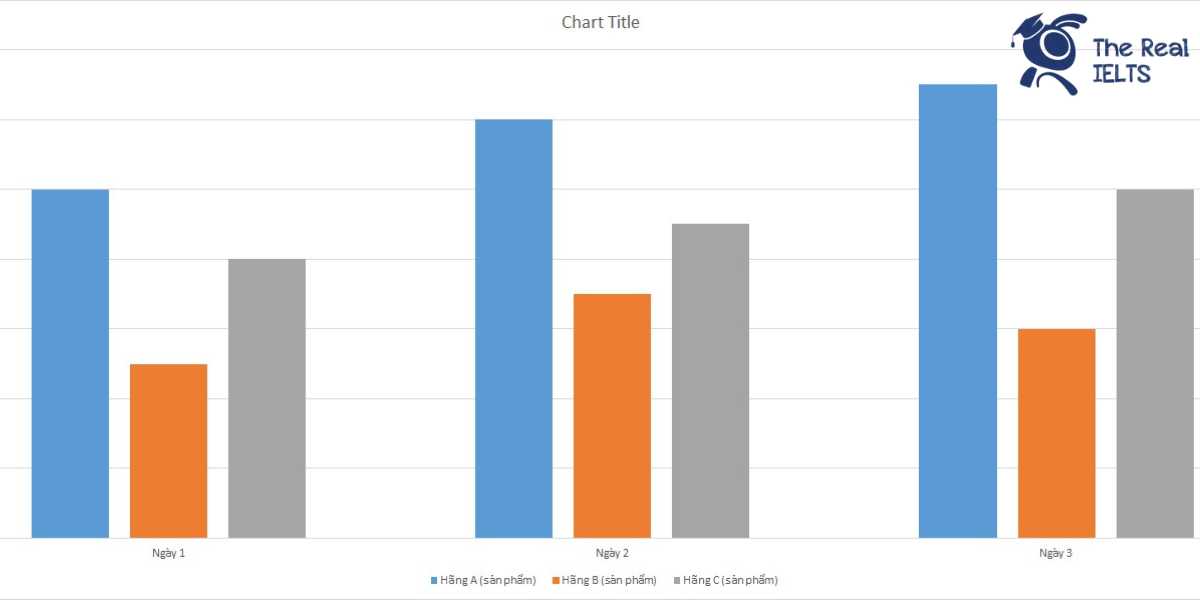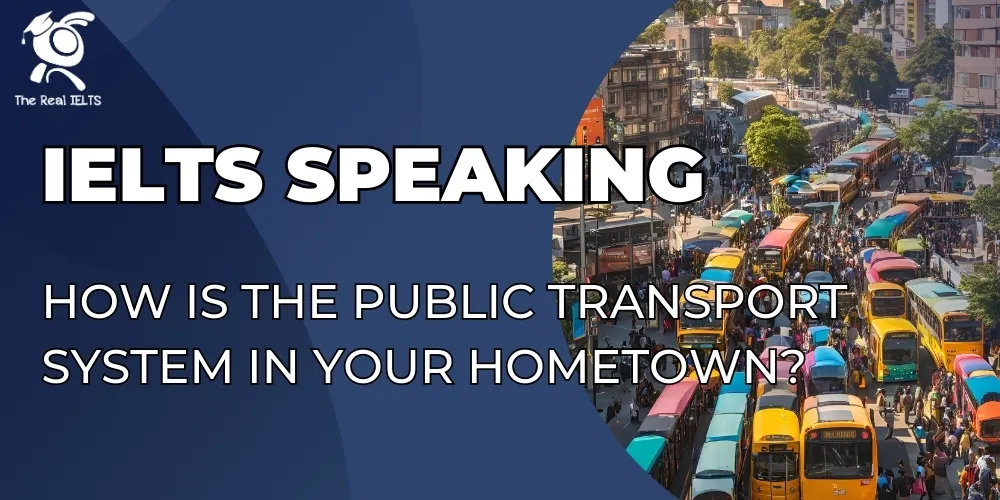Đề thi IELTS Reading có tiêu đề “The Role of Technology in Disaster Management”
Nhớ đọc thêm các bài luyện thi IELTS nhé.
IELTS Reading “The Role of Technology in Disaster Management“
The Role of Technology in Disaster Management
In recent years, the frequency and intensity of natural disasters have risen dramatically, necessitating more efficient and effective disaster management strategies. As the world grapples with the consequences of climate change and urbanization, technology has emerged as a crucial tool in mitigating the effects of disasters and enhancing the resilience of communities. The role of technology in disaster management encompasses various stages, from early warning systems to post-disaster recovery efforts, revolutionizing the way we prepare for, respond to, and recover from catastrophic events.
One of the most significant contributions of technology to disaster management is the development of advanced early warning systems. These systems leverage sophisticated sensors, satellite imagery, and data analytics to monitor potential hazards such as earthquakes, tsunamis, hurricanes, and floods. For example, seismographs and GPS systems can detect minute movements in the Earth’s crust, providing crucial data that can predict earthquakes and their potential impact. Similarly, meteorological satellites equipped with advanced sensors track weather patterns, enabling the accurate prediction of storms and cyclones. By providing timely and accurate warnings, these technologies allow authorities and communities to take preventive measures, such as evacuations, which can save countless lives and reduce economic losses.
In addition to early warning systems, technology plays a vital role in the dissemination of information during a disaster. Social media platforms, mobile applications, and emergency communication networks enable real-time information sharing between government agencies, first responders, and the public. During a disaster, timely and accurate information is critical for effective response efforts. Mobile networks and the internet allow affected populations to receive alerts, updates, and instructions on how to stay safe. Furthermore, these platforms facilitate the coordination of rescue and relief operations, ensuring that resources are allocated efficiently and that help reaches those in need as quickly as possible.
Another area where technology has made a significant impact is in disaster response and recovery. Drones, for instance, have become indispensable tools for assessing damage and conducting search and rescue operations. Equipped with high-resolution cameras and thermal imaging sensors, drones can quickly survey affected areas, even in conditions where it is too dangerous or difficult for humans to operate. This technology provides real-time data to emergency responders, helping them locate survivors, assess the extent of the damage, and prioritize areas that require immediate attention. Additionally, drones can deliver essential supplies such as food, water, and medical equipment to remote or inaccessible areas, speeding up the relief process.
Geospatial technologies, including Geographic Information Systems (GIS) and remote sensing, also play a crucial role in disaster management. These technologies enable the mapping and analysis of disaster-prone areas, allowing for better risk assessment and planning. For example, GIS can be used to create detailed maps that highlight flood-prone regions, helping urban planners and local authorities to develop strategies for flood prevention and mitigation. During a disaster, these maps can be updated in real-time with data from satellites and drones, providing an accurate picture of the situation on the ground. This information is invaluable for coordinating response efforts and ensuring that resources are directed to where they are most needed.
In the aftermath of a disaster, technology continues to play a critical role in recovery and rebuilding efforts. Big data analytics and artificial intelligence (AI) are increasingly being used to analyze the vast amounts of data generated during and after a disaster. These technologies can identify patterns and trends, providing insights into the effectiveness of response efforts and helping to inform future disaster management strategies. For example, AI can analyze social media posts and other online data to gauge the public’s sentiment and identify areas where people are most in need of assistance. This information can then be used to allocate resources more effectively and ensure that recovery efforts are targeted and efficient.
Moreover, technology is instrumental in building resilience and reducing vulnerability to future disasters. Innovations in building materials and construction techniques, for example, are helping to create structures that are more resistant to natural hazards. Earthquake-resistant buildings, flood-proof infrastructure, and fire-resistant materials are just a few examples of how technology is being used to mitigate the impact of disasters on the built environment. In addition, renewable energy technologies such as solar and wind power are being integrated into disaster-prone areas to ensure that critical infrastructure remains operational during and after a disaster. By reducing reliance on centralized power grids, these technologies help communities maintain access to essential services such as communication, healthcare, and clean water, even in the aftermath of a disaster.
Finally, technology plays a vital role in raising awareness and educating the public about disaster preparedness. Virtual reality (VR) and augmented reality (AR) simulations, for example, are being used to train first responders and educate communities about how to respond to disasters. These immersive technologies provide realistic scenarios that allow individuals to practice their response skills in a safe and controlled environment. Additionally, mobile apps and online platforms offer educational resources and tools that help people understand the risks they face and how to prepare for them. By empowering individuals with knowledge and skills, these technologies contribute to building a culture of preparedness and resilience.
In conclusion, technology has become an indispensable tool in disaster management, transforming the way we prepare for, respond to, and recover from natural disasters. From early warning systems and real-time communication platforms to drones, GIS, and AI, technological innovations are enhancing our ability to save lives, reduce economic losses, and build resilient communities. As the frequency and intensity of disasters continue to rise, the role of technology in disaster management will only become more critical, offering new solutions and strategies to help us navigate the challenges of a changing world.
Đề bài thi IELTS Reading
Multiple Choice (Câu hỏi trắc nghiệm)
- What is one of the primary benefits of early warning systems in disaster management?
- A) Reducing economic losses
- B) Enhancing communication among first responders
- C) Creating more resilient infrastructure
- D) Training the public in disaster response
- Which of the following technologies is primarily used for predicting weather-related disasters?
- A) Drones
- B) Seismographs
- C) GIS systems
- D) Meteorological satellites
- Drones are especially useful in disaster management for:
- A) Predicting hurricanes
- B) Delivering early warnings
- C) Surveying damage and locating survivors
- D) Educating the public about disasters
- How do geospatial technologies contribute to disaster management?
- A) By predicting earthquakes
- B) By disseminating information to the public
- C) By enabling risk assessment and planning
- D) By enhancing building resilience
- Which of the following is NOT mentioned as a technology used during the recovery phase after a disaster?
- A) Big data analytics
- B) Artificial intelligence
- C) Social media platforms
- D) Virtual reality simulations
- What is one way that technology is helping to build resilience to future disasters?
- A) By using drones for search and rescue
- B) By creating earthquake-resistant buildings
- C) By enhancing social media communication
- D) By developing early warning systems
- Which of the following tools is used to analyze the public’s sentiment after a disaster?
- A) Virtual reality simulations
- B) Big data analytics
- C) Seismographs
- D) Drones
- What is the main role of mobile networks during a disaster?
- A) Predicting natural disasters
- B) Educating the public on disaster risks
- C) Providing real-time information and communication
- D) Mapping disaster-prone areas
- Which technology is used to create detailed maps of flood-prone regions?
- A) Virtual reality
- B) Geographic Information Systems (GIS)
- C) Drones
- D) Seismographs
- How do renewable energy technologies contribute to disaster management?
- A) By predicting natural disasters
- B) By ensuring critical infrastructure remains operational
- C) By enhancing real-time communication
- D) By analyzing big data during recovery
True/False/Not Given (Đúng/Sai/Không được đề cập)
- Technology has led to a decrease in the frequency of natural disasters.
- True
- False
- Not Given
- Drones are often used to deliver essential supplies to remote areas during disasters.
- True
- False
- Not Given
- Social media platforms are used solely for public information during disasters.
- True
- False
- Not Given
- Artificial intelligence is used to predict earthquakes.
- True
- False
- Not Given
- VR simulations are used to train both first responders and the general public in disaster preparedness.
- True
- False
- Not Given
- The main function of GIS in disaster management is to coordinate rescue operations.
- True
- False
- Not Given
- Mobile applications are used to raise awareness and educate the public on disaster preparedness.
- True
- False
- Not Given
Yes/No/Not Given (Có/KHÔNG/Không được đề cập)
- The author believes that technology is the most critical aspect of disaster management.
- Yes
- No
- Not Given
- The author suggests that urbanization has no impact on the effectiveness of disaster management technologies.
- Yes
- No
- Not Given
- According to the author, renewable energy sources should be prioritized in disaster-prone areas.
- Yes
- No
- Not Given
- The author supports the use of AI to analyze data from social media during disasters.
- Yes
- No
- Not Given
- The author argues that educating the public about disaster preparedness is as important as developing new technologies.
- Yes
- No
- Not Given
Matching Information (Nối thông tin)
- Match the following technologies with their roles in disaster management:
- A) Drones
- B) GIS
- C) Big Data Analytics
- D) Meteorological Satellites
i) Used for mapping disaster-prone areas
ii) Surveying damage and delivering supplies
iii) Analyzing patterns and trends in recovery efforts
iv) Tracking weather patterns
Matching Headings (Nối tiêu đề với đoạn văn)
- Match the following headings to the correct paragraphs in the text:
- A) Early Warning Systems
- B) Role of Drones in Disaster Management
- C) Post-Disaster Recovery and Data Analysis
- D) Building Resilience for the Future
Matching Features (Nối đặc điểm)
- Match the following technologies with the disasters they are primarily associated with:
- A) Seismographs
- B) Meteorological Satellites
- C) Drones
- D) GIS
i) Earthquakes
ii) Hurricanes
iii) Floods
iv) Search and rescue missions
Matching Sentence Endings (Nối phần kết câu)
- Match the beginnings of the sentences with their correct endings:
i) Early warning systems…
ii) Drones can be used…
iii) GIS helps in…
iv) Big data analytics…
diffSao chép mã- A) to analyze post-disaster recovery efforts.
- B) by providing crucial data for disaster prediction.
- C) for damage assessment and delivering supplies.
- D) mapping disaster-prone areas and coordinating response.
Sentence Completion (Hoàn thành câu)
- Technology helps reduce __________ by enabling accurate early warning systems.
- Drones equipped with __________ are essential in surveying disaster-hit areas.
- GIS systems are crucial in __________ to help mitigate disaster impact.
- Renewable energy technologies ensure __________ remains operational during a disaster.
Summary Completion (Hoàn thành tóm tắt)
- Advanced technologies such as seismographs and GPS systems are used to detect __________, which can then predict earthquakes. Meteorological satellites, on the other hand, are essential for tracking __________, allowing for early warnings of storms and cyclones.
- In disaster response, drones are invaluable for __________ and conducting search and rescue operations, while geospatial technologies like GIS are used to create __________ that highlight disaster-prone areas.
Diagram Label Completion (Hoàn thành nhãn của sơ đồ)
- Complete the labels for a diagram of a disaster management cycle with the following terms:
- Early Warning Systems
- Response and Recovery
- Resilience Building
- Data Analysis
Short Answer Questions (Câu hỏi trả lời ngắn)
- What technology is used to predict earthquakes?
- Which technology helps in tracking weather patterns for disaster prediction?
- How do drones assist during disaster response?
- What role does big data analytics play in post-disaster recovery?
- What type of infrastructure can be made resilient using advanced building technologies?
- How do mobile networks contribute during a disaster?
- What is the benefit of renewable energy technologies in disaster-prone areas?
Đáp án bài thi IELTS Reading
Multiple Choice (Câu hỏi trắc nghiệm)
- A) Reducing economic losses
- D) Meteorological satellites
- C) Surveying damage and locating survivors
- C) By enabling risk assessment and planning
- C) Social media platforms
- D) By developing early warning systems
- B) Big data analytics
- C) Providing real-time information and communication
- B) Geographic Information Systems (GIS)
- B) By ensuring critical infrastructure remains operational
True/False/Not Given (Đúng/Sai/Không được đề cập)
- False
- True
- False
- False
- True
- False
- True
Yes/No/Not Given (Có/KHÔNG/Không được đề cập)
- Not Given
- No
- Yes
- Yes
- Yes
Matching Information (Nối thông tin)
- i) GIS
ii) Drones
iii) Big Data Analytics
iv) Meteorological Satellites
Matching Headings (Nối tiêu đề với đoạn văn)
- A) Early Warning Systems
B) Role of Drones in Disaster Management
C) Post-Disaster Recovery and Data Analysis
D) Building Resilience for the Future
Matching Features (Nối đặc điểm)
- i) Seismographs
ii) Meteorological Satellites
iii) GIS
iv) Drones
Matching Sentence Endings (Nối phần kết câu)
- i) D
ii) C
iii) B
iv) A
Sentence Completion (Hoàn thành câu)
- economic losses
- cameras and sensors
- mapping risk areas
- critical infrastructure
Summary Completion (Hoàn thành tóm tắt)
- seismic activity, weather patterns
- damage assessment, detailed maps
Diagram Label Completion (Hoàn thành nhãn của sơ đồ)
- 1) Early Warning Systems, 2) Response and Recovery, 3) Resilience Building, 4) Data Analysis
Short Answer Questions (Câu hỏi trả lời ngắn)
- Seismographs
- Meteorological satellites
- Surveying damage and locating survivors
- Analyzing trends and patterns in recovery efforts
- Earthquake-resistant buildings
- Providing real-time communication and information
- Keeping critical infrastructure operational
Luyện tập bài khác ở bài viết:”100 bài luyện IELTS Reading 2024 – 2025“















